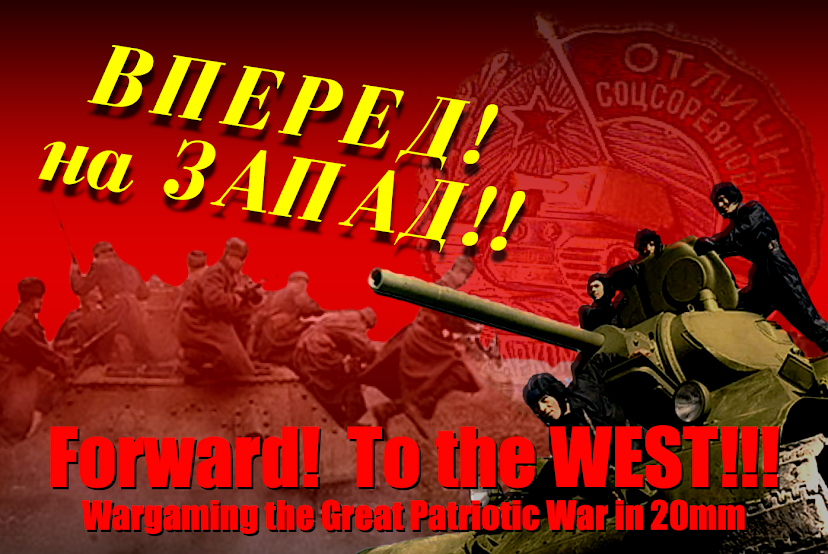After our last BKC game, I've decided to beef up the Soviet infantry, and spent the day working on another battalion of seven stands, some support in the form of a 45mm ATG, another 82mm mortar, and have started work on my artillery battery; what is a Soviet army without it!
I'm going "multi-media" with this army, and the guns are the soft plastic ones by Italeri. I had a laugh at the name on the box, but I have to admit I'm really impressed with the contents. Plastics have evidently come a long way since my Airfix days.
I have two boxes of these, and started on one of them. These were a bargain at two to a box, and are extremely nicely detailed. The soft plastic is of the harder variety, and I found that it takes drilling and even sanding quite well. I drilled out the muzzle openings and the tow rings, and cleaned up the minimal flash quite easily.
The only other thing I did was to add a plastic card "lid" to the ammo box of the "servant" dragging it up to the piece, which looked a lot better. This is really a well-sculpted miniature, and is my favourite in the box.
I have a lot of metal miniatures from just about every manufacturer of 20mm WW2 Russians out there, so I mixed the crew for maximum variety. I added gun crew figures from SHQ, Fantassin (now Warmodelling), Dixon, the old Drew's Militia and even an ammo wagon from Lyzard's Grin with an FAA head attached to a German drivers body and given an epoxy putty rain cape.
These figures range fronm 1/76 to 1/72nd scale. I do find that the SHQ are on the small size, and try not to have them stand too close to their much taller Italeri and Warmodelling comrades, but other than that I find the various miniatures manage to co-exist quite comfortably.
I rummaged through my spares box and came across a load of Skytrex ammo boxes, and put them in the back of the wagon. I also added a Platoon 20 figure standing in the back helping to unload them.
These figures range fronm 1/76 to 1/72nd scale. I do find that the SHQ are on the small size, and try not to have them stand too close to their much taller Italeri and Warmodelling comrades, but other than that I find the various miniatures manage to co-exist quite comfortably.
I rummaged through my spares box and came across a load of Skytrex ammo boxes, and put them in the back of the wagon. I also added a Platoon 20 figure standing in the back helping to unload them.
The figures go nicely to making a mini diorama; the guns are nearing the end of their ammunition supply and desperately await more. Meanwhile the battery commander looks on while a junior officer implores the telephone operator to pressure HQ for more ammo!
Once I glue the guns together with Araldite, I'll give all the plastic components a vinegar bath, and then another soaking in detergent. I'll then give them all a coat of watered-down PVA prior to priming. I suspect these models will stand up to handling quite well, as there are no bendy-thin rifle barrels to worry about.
I need to get myself a 122mm howitzer which will give me three sections- a full battalion of artillery for the scale I'm using. I'll probably order two, as with the other Italeri box I have, I can then build two battalions, the full complement for a non-Guards rifle division.






